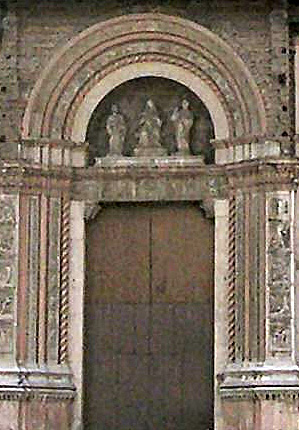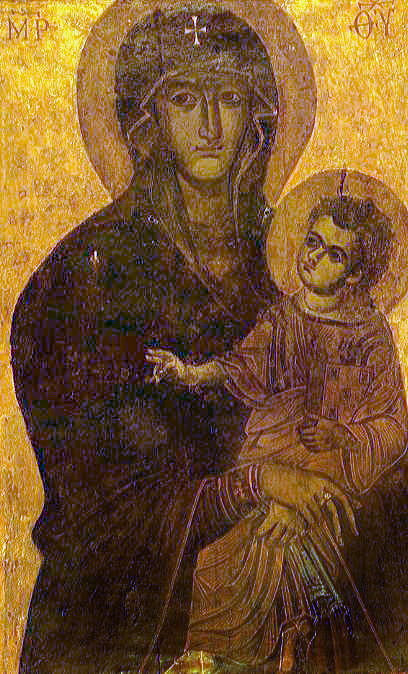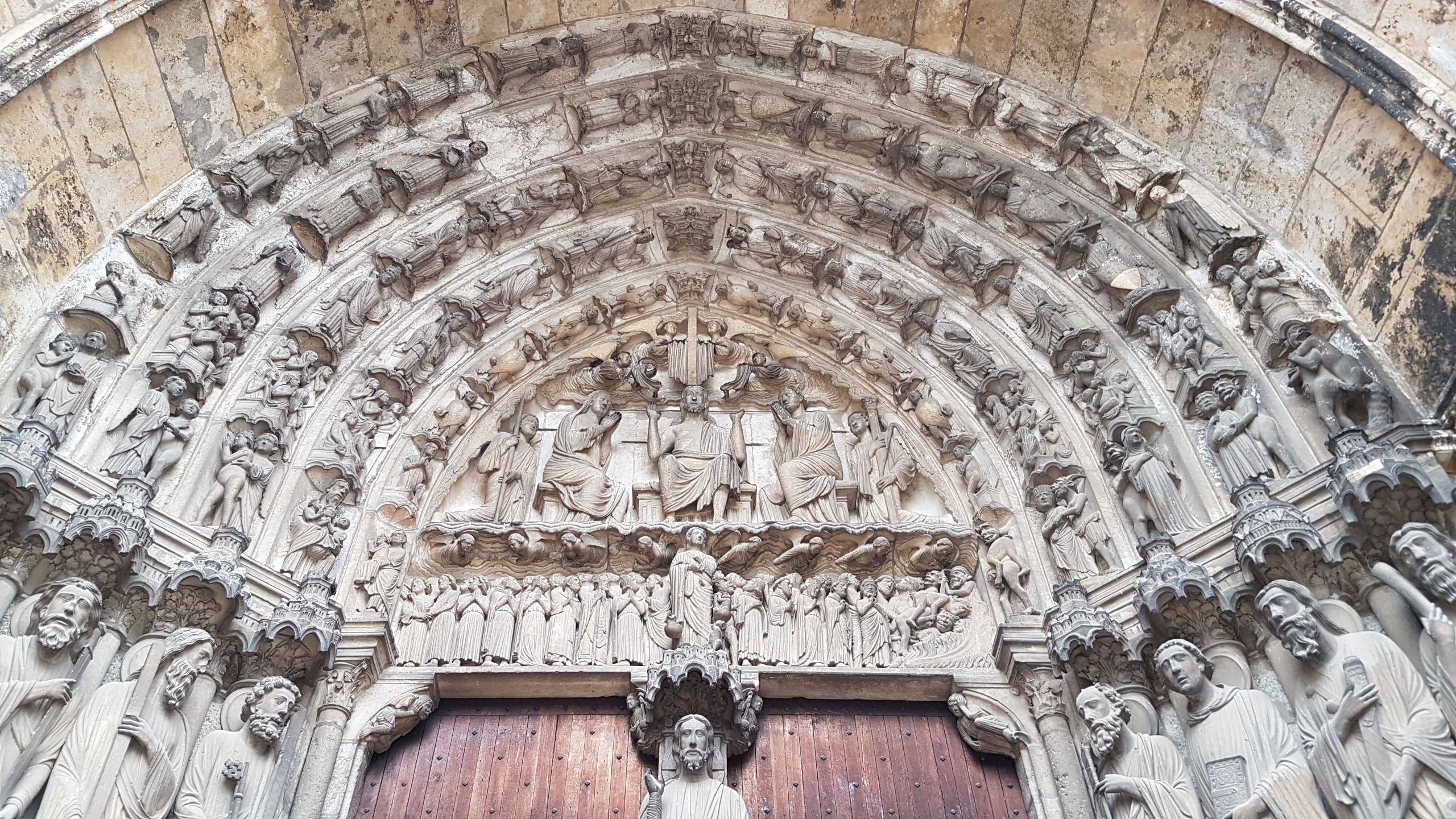|
San Petronio Basilica
The Basilica of San Petronio is a minor basilica and church of the Archdiocese of Bologna located in Bologna, Emilia Romagna, northern Italy. It dominates Piazza Maggiore. The basilica is dedicated to the patron saint of the city, Petronius of Bologna, Saint Petronius, who was the Bishop of Bologna in the fifth century. Construction began in 1390 and its main facade has remained unfinished since. The building was transferred from the city to the diocese in 1929; the basilica was finally consecrated in 1954. It has been the seat of the relics of Bologna's patron saint only since 2000; until then, they were preserved in the Santo Stefano, Bologna, Santo Stefano church. History Construction In 1388, the ''Consiglio Generale dei Seicento'' prepared the construction of the church as a civic temple. To make room for the church, the adjacent Hotel Commercianti, Curia of Sancti Ambrosii was demolished, together with the majority of one of the city's burgs, including at least eight chu ... [...More Info...] [...Related Items...] OR: [Wikipedia] [Google] [Baidu] [Amazon] |
Bologna
Bologna ( , , ; ; ) is the capital and largest city of the Emilia-Romagna region in northern Italy. It is the List of cities in Italy, seventh most populous city in Italy, with about 400,000 inhabitants and 150 different nationalities. Its Metropolitan City of Bologna, metropolitan province is home to more than 1 million people. Bologna is most famous for being the home to the List of oldest universities in continuous operation, oldest university in continuous operation,Top Universities ''World University Rankings'' Retrieved 6 January 2010Hunt Janin: "The university in medieval life, 1179–1499", McFarland, 2008, , p. 55f.de Ridder-Symoens, Hilde [...More Info...] [...Related Items...] OR: [Wikipedia] [Google] [Baidu] [Amazon] |
Archiginnasio Of Bologna
The Archiginnasio of Bologna is one of the most important buildings in the city of Bologna; once the main building of the University of Bologna, it currently houses the Archiginnasio Municipal Library and the Anatomical Theatre. In the heart of the palace is the university Chapel of Santa Maria dei Bulgari, a reflection of history. History The construction of the Archiginnasio dates back to the 16th century, when the Piazza Maggiore was drastically remodeled under papal orders; the Fountain of Neptune was built during this same period. The construction of the Archiginnasio was commissioned by Pope Pius IV through papal legate Charles Borromeo and vice-legate Pier Donato Cesi during the years of the Council of Trent, who then entrusted the project to Antonio Morandi (known as ''il Terribilia''). Construction began at the end of February 1562; built very quickly, it was inaugurated on October 21, 1563. The goal of this project was to create a single place where the Schools of ... [...More Info...] [...Related Items...] OR: [Wikipedia] [Google] [Baidu] [Amazon] |
Paolo Monti
Paolo Monti (11 August 1908 – 29 November 1982) was an Italian photographer known for his architectural photography. In his early period, Monti experimented with abstractionism as well as with effects such as blurring and diffraction. In 1953, he became a professional photographer. He mainly worked with architecture reproductions, which were used by magazines and book editors for illustration. Starting from 1966, Monti catalogued historic centers of Italian cities. Early life and education Monti was born in Novara. His father was a banker and amateur photographer from Val d'Ossola. His family moved several times as his father was transferred between small towns. He attended Bocconi University in Milan and graduated in Economics in 1930. Life and work After graduation, he worked for a few years in the Piedmont region. His father died in 1936 and shortly afterwards Paolo married Maria Binotti. From 1939 to 1945, he lived in Mestre near Venice, then moved to Venice proper w ... [...More Info...] [...Related Items...] OR: [Wikipedia] [Google] [Baidu] [Amazon] |
Bell Tower
A bell tower is a tower that contains one or more bells, or that is designed to hold bells even if it has none. Such a tower commonly serves as part of a Christian church, and will contain church bells, but there are also many secular bell towers, often part of a municipal building, an educational establishment, or a tower built specifically to house a carillon. Church bell towers often incorporate clocks, and secular towers usually do, as a public service. The term campanile (, also , ), from the Italian ''campanile'', which in turn derives from ''campana'', meaning "bell", is synonymous with ''bell tower''; though in English usage campanile tends to be used to refer to a free standing bell tower. A bell tower may also in some traditions be called a belfry, though this term may also refer specifically to the substructure that houses the bells and the ringers rather than the complete tower. The tallest free-standing bell tower in the world, high, is the Mortegliano Bell To ... [...More Info...] [...Related Items...] OR: [Wikipedia] [Google] [Baidu] [Amazon] |
Pagno Di Lapo Portigiani
Pagno di Lapo Portigiani (1408 — 1470) was an Italian Renaissance decorative sculptor, a minor follower of Donatello who worked on numerous occasions in projects designed and supervised by Michelozzo. Biography Pagno di Lapo was born at Fiesole, near Florence. In 1426-28 Pagno di Lapo was working as a stone-cutter in the joint shop of Donatello and Michelozzo in Pisa, during the production of the Coscia and Brancacci tombs. In 1428 he collaborated with two obscure stone-cutters on the decorative elements of the baptismal font in the Duomo of Siena, and as a ''garzone'' in Donatello's shop in connection with the resumed work on the pulpit for Prato, 1434. In Florence he was occupied between 1448 and 1451 with decorative carving executed concurrently for the Basilica of San Lorenzo and Palazzo Medici (both projects under Michelozzo again). Documents show that he was working on chapels for the Basilica of San Petronio in Bologna between 1451 and about 1469, never designated th ... [...More Info...] [...Related Items...] OR: [Wikipedia] [Google] [Baidu] [Amazon] |
Girolamo Rainaldi
Girolamo Rainaldi (4 May 1570 – 15 July 1655) was an Italian architect who worked mainly in a conservative Mannerist style, often with collaborating architects. He was a successful competitor of Bernini. His son, Carlo Rainaldi, became an even more notable, more fully Baroque architect. Biography The son of a painter from Norcia, Rainaldi was born in Rome. He trained with the architect-engineer Domenico Fontana and collaborated as a junior partner with Giacomo Della Porta, whom he succeeded as the papacy's chief architect, as "officium architecti nobilis fabricae Capitolii Populi Romani". He completed too Palazzo Albertoni Spinola projected from Giacomo Della Porta. He was constantly at work on lesser projects such as altars and church furnishings, and with on-going projects of other designers, especially at St Peter's and in completing Michelangelo's project at the Campidoglio with the Palazzo Nuovo discreetly designed to mirror Michelangelo's masterful Palazzo dei Conser ... [...More Info...] [...Related Items...] OR: [Wikipedia] [Google] [Baidu] [Amazon] |
Tympanum (architecture)
A tympanum ( tympana; from Greek and wiktionary:tympanum#Latin, Latin words meaning "drum") is the semi-circular or triangular decorative wall surface over an entrance, door or window, which is bounded by a lintel and an arch. It often contains pedimental sculpture or other imagery or ornaments. Many architecture, architectural styles include this element, although it is most commonly associated with Romanesque architecture, Romanesque and Gothic architecture, Gothic architecture. Alternatively, the tympanum may hold an inscription, or in modern times, a clock face. Tympanums in antiquity and the Early Middle Ages Tympanums are by definition inscriptions enclosed by a pediment, however the evolution of tympanums gives them more specific implications. Pediments first emerged early in Classical Greece around 700-480 BCE, with early examples such as the Parthenon remaining famous to this day. Pediments spread across the Hellenistic world with the rest of classical architecture. T ... [...More Info...] [...Related Items...] OR: [Wikipedia] [Google] [Baidu] [Amazon] |
Saint Ambrose
Ambrose of Milan (; 4 April 397), venerated as Saint Ambrose, was a theologian and statesman who served as Bishop of Milan from 374 to 397. He expressed himself prominently as a public figure, fiercely promoting Roman Christianity against Arianism and paganism. He left a substantial collection of writings, of which the best known include the ethical commentary ''De officiis ministrorum'' (377–391), and the exegetical (386–390). His preaching, his actions and his literary works, in addition to his innovative musical hymnography, made him one of the most influential ecclesiastical figures of the 4th century. Ambrose was serving as the Roman governor of Aemilia-Liguria in Milan when he was unexpectedly made Bishop of Milan in 374 by popular acclamation. As bishop, he took a firm position against Arianism and attempted to mediate the conflict between the emperors Theodosius I and Magnus Maximus. Tradition credits Ambrose with developing an antiphonal chant, known as Ambro ... [...More Info...] [...Related Items...] OR: [Wikipedia] [Google] [Baidu] [Amazon] |
Madonna And Child
In Christian art, a Madonna () is a religious depiction of the Blessed Virgin Mary in a singular form or sometimes accompanied by the Child Jesus. These images are central icons for both the Roman Catholic and Orthodox churches. The word is (archaic). The Madonna and Child type is very prevalent in Christian iconography, divided into many traditional subtypes especially in Eastern Orthodox iconography, often known after the location of a notable icon of the type, such as the '' Theotokos of Vladimir'', '' Agiosoritissa'', '' Blachernitissa'', etc., or descriptive of the depicted posture, as in '' Hodegetria'', '' Eleusa'', etc. The term ''Madonna'' in the sense of "picture or statue of the Virgin Mary" enters English usage in the 17th century, primarily in reference to works of the Italian Renaissance. In an Eastern Orthodox context, such images are typically known as '' Theotokos''. "Madonna" may be generally used of representations of Mary, with or without the infant ... [...More Info...] [...Related Items...] OR: [Wikipedia] [Google] [Baidu] [Amazon] |
Architrave
In classical architecture, an architrave (; , also called an epistyle; ) is the lintel or beam, typically made of wood or stone, that rests on the capitals of columns. The term can also apply to all sides, including the vertical members, of a frame with mouldings around a door or window. The word "architrave" has come to be used to refer more generally to a style of mouldings (or other elements) framing a door, window or other rectangular opening, where the horizontal "head" casing extends across the tops of the vertical side casings where the elements join (forming a butt joint, as opposed to a miter joint). Classical architecture In an entablature in classical architecture, it is the lowest part, below the frieze and cornice. The word is derived from the Greek and Latin words ''arche'' and ''trabs'' combined to mean "main beam". The architrave is different in the different Classical orders. In the Tuscan order, it only consists of a plain face, crowned with a fill ... [...More Info...] [...Related Items...] OR: [Wikipedia] [Google] [Baidu] [Amazon] |
Archivolt
An archivolt (or voussure) is an ornamental Molding (decorative), moulding or band following the curve on the underside of an arch. It is composed of bands of ornamental mouldings (or other architectural elements) surrounding an arched opening, corresponding to the architrave in the case of a rectangular opening. The word is sometimes used to refer to the under-side or inner curve of the arch itself (more properly, the ''intrados''). Most commonly archivolts are found as a feature of the arches of church Portal (architecture), portals. The mouldings and sculptures on these archivolts are used to convey a Theology, theological story or depict religious figures and ideologies of the church in order to represent the gateway between the Sacredness, holy space of the church and the external world. The presence of archivolts on churches is seen throughout history, although their design, both architecturally and artistically, is heavily influenced by the period they were built in and th ... [...More Info...] [...Related Items...] OR: [Wikipedia] [Google] [Baidu] [Amazon] |







